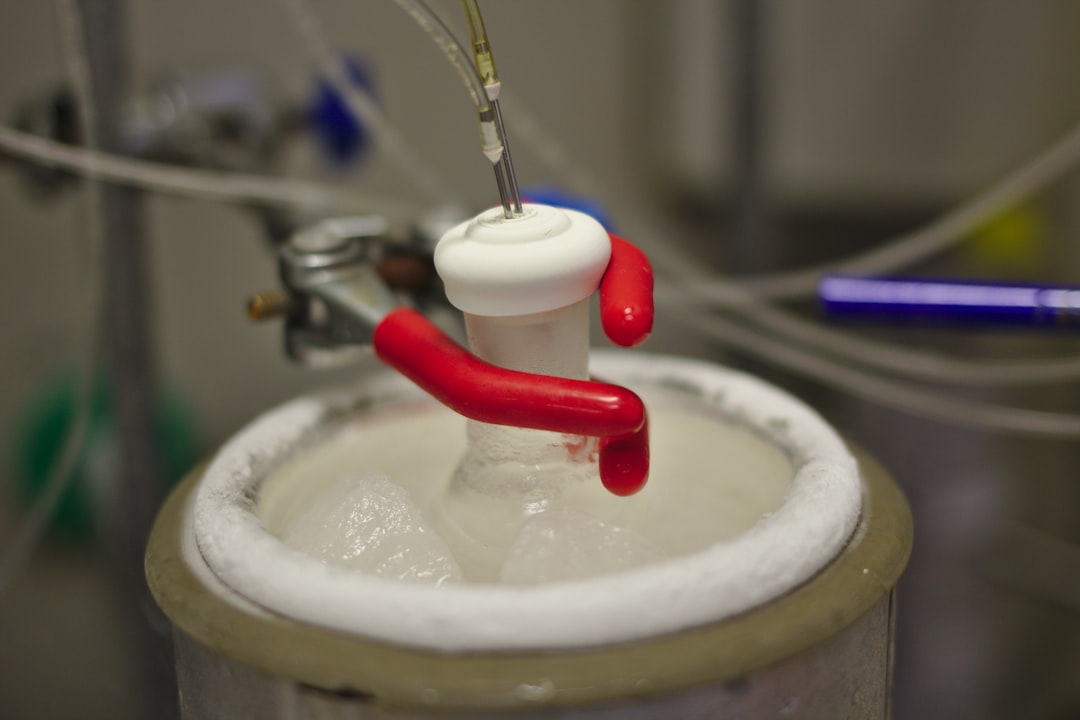What is it about?
This study examines how fluid properties and surface patterns affect the flow of a thin film over tilted surfaces. By solving equations numerically, we uncover how steady-state velocity and pressure changes, particularly for fluids with varied rheology, can modulate the fluid film draining characteristics. By tuning the micropatterns on the surface and the shear thinning/thickening nature of the fluid, the flow can be tuned towards targeted applications. Our findings highlight various flow patterns at low Reynolds numbers, determined by the balance between flow rate and wall shear stress.
Featured Image

Photo by Ivan Bandura on Unsplash
Why is it important?
Superhydrophobic surfaces have sparked significant inter-disciplinary research enthusiasm due to their ability to resist fluids. Understanding how flow physics can be finely tuned by altering the morphology of these surfaces to match specific fluid behaviors is vital for tailoring flows in various engineering and technological applications. This knowledge is essential for developing smart surfaces and energy-conversion systems, as well as for applications in coatings, lubrication, drainage-based cooling, and medical diagnostics. Our study provides a roadmap for a material property-dependent simultaneous optimization of surface micro-patterning and fluid rheology, geared towards specific applications.
Perspectives
I believe that this study holds the key to designing micro-fabricated surfaces and complex fluids for nice applications like draining, printing, reactor design, food processing, etc.
Chirodeep Bakli
Indian Institute of Technology Kharagpur
Read the Original
This page is a summary of: Interplay of fluid rheology and micro-patterning toward modulating draining characteristics on an inclined substrate, Physics of Fluids, February 2024, American Institute of Physics,
DOI: 10.1063/5.0189609.
You can read the full text:
Resources
Contributors
The following have contributed to this page










